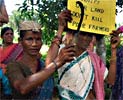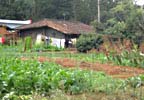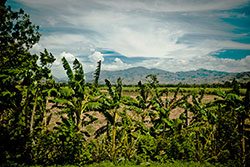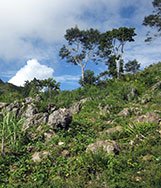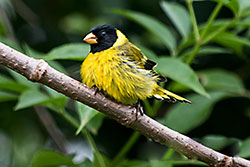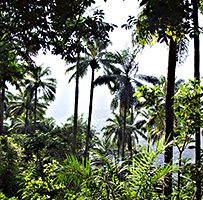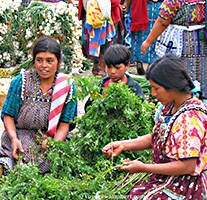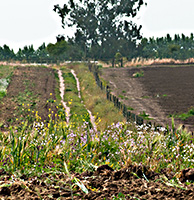Haiti – around 1785 (1)
The poison
A mysterious poison is spreading across the plain. It began at the farm of Monsieur Lenormand de Mézy. All of a sudden, two beautiful French dairy cows fell on the ground; for a few moments they jerked their legs wildly, and then they were dead. Ti Noel, a young slave who knows a lot about animals, explained to his master that cows from distant countries sometimes eat dangerous herbs by mistake. Then other farms were affected as well. Not only cows, but also bulls, goats and horses died suddenly.
Black, bald-headed vultures are now perched everywhere in the trees, ready to peck open the carcasses. Everywhere, dark clouds of smoke rise from the big fires in which the dead animals are burned. The stench of death hovers over the whole plain. But it does not stop there. The vicious poison now also enters the houses; one farm owner after another gets cramps and dies.
In the night, Ti Noel slips in deepest secrecy to the cave where his good friend Macandal lives. He is a huge black man, a Mandinka from Guinea, a slave who had lived on the same farm as Ti Noel, but who ran away. He has collected poisonous mushrooms, dried and ground them. He blends the powder with a bit of water, and then distributes small bottles of the deadly mixture to his confidants at several nearby farms. “Strike the whites, kill what you can kill,” he whispers to them, “and wait until the time comes. I will lead you.”
The farm bosses become more and more desperate. Furiously they strike their slaves with their whips, and torture them over fire. Until at last, one of them confesses, “It is the runaway slave, the Mandinka, Macandal. He is the Master of the Poison, the Bringer of Death.” Now, all whites, from soldiers to bankers, search the forests with packs of dogs. But to the great relief of the slaves at the farms, they don't find Macandal. Not even after weeks of searching.
The slaves become more and more cheerful. In the evening around the campfires, they tell each other stories about the Mandinka. That he has escaped the dogs and soldiers, because he can transform himself into any animal. “Didn't you see that pelican? What is it doing here so far from the sea?” one says. “There was a beautiful green lizard on the flat roof,” says another. “Of course, that's Macandal! He visits us, he stays among us,” answers a third. Whispering, Ti Noel adds, “Until the time comes. Until the time comes.…”
_______________________
Source
The kingdom of this world (1949) from the Cuban writer Alejo Carpentier is a vibrant novel about slave life in Haiti.
Go to:
= part 2: Land surveyors - Haiti – around 1835 (2), story 14.
= the next page:
Roast chestnuts - a village in Berry, in the centre of France – around 1790, story 12.
= the Table of contents, story 11.
